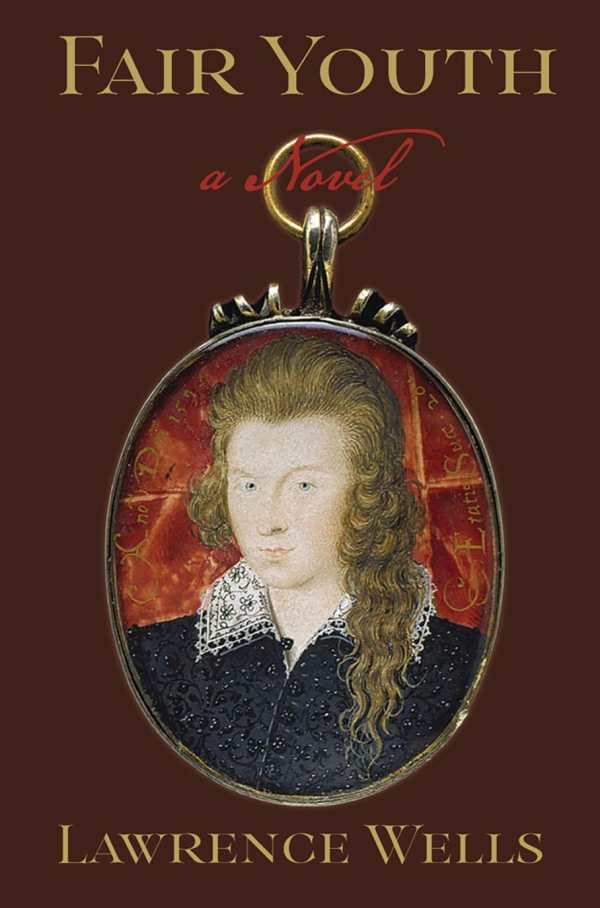Fair Youth
In the spirited historical novel Fair Youth, the oft-debated “Oxfordian” theory of Shakespeare’s authenticity is explored with humor, verve, compassion, and irony.
Lawrence Wells’s historical novel Fair Youth enlivens the theory that Edward de Vere, England’s seventeenth Earl of Oxford, was the true author of William Shakespeare’s plays.
The novel begins in 1570, with twenty-year-old Edward arriving at the court of Queen Elizabeth I. He has just taken part in the “Scottish border war,” quashing a rebellion among supporters of Elizabeth’s cousin, Mary, Queen of Scots. Elizabeth is intrigued by handsome, dashing Edward, and the two begin a romantic affair.
However, though Edward finds the queen attractive and admires her regal prowess, he’s exasperated by her controlling influence: she chooses who he will marry beyond their romance, and—not wanting to “lose her favorite to an Italian countess”—refuses to let her lover travel to Milan. She also does not allow her courtiers to publish works under their own names; this edict prevents Edward from taking credit for his poetry and other burgeoning literary ambitions. His plays are written under a pseudonym as a result. And the queen’s pregnancy is also handled with the utmost secrecy. Edward later befriends and mentors the boy, Henry, even as Elizabeth refuses to acknowledge his lineage. Later, Edward further finds his story commandeered when a hapless yet ambitious “horseholder” and actor, Will Shakspere, is selected to assume the public presence of England’s celebrated playwright.
The book is filled with splendid details about the Elizabethan era’s crowded taverns and theaters. The lavish pageantry of the court of “Queen Bess” is captured, with its “endless” royal banquet serving up “venison, roast pig and duckling, plumed pheasants with staring eyes, platters of pigeon, lobsters with claws locked as if in battle.” Other keen details also illuminate Edward’s world: following a Globe Theatre performance, a “shaft of sunlight” reveals the “litter of apple cores and nutshells” left behind by the audience, and at Edward’s crowded funeral, “Under the Greenwood Tree” is performed by a musical ensemble of flute, “recorder, cittern and drum.”
The book’s secondary cast is lively and includes era mainstays like Ben Jonson, Christopher Marlowe, and James Burbage. Edward and Elizabeth are fascinating heroes, and the highs and lows of their passionate, peevish, and poignant relationship are covered in a way that vivifies their longtime love. Their ardor begins with Elizabeth encouraging Edward like a “lioness in heat” and concludes with Edward’s presence during Elizabeth’s final moments. Feeding her spoonfuls of broth, he looks beyond her “black teeth, foul breath and odors of sickness” and speaks of her former beauty and the son that they share. It’s a wry take on Elizabeth’s wish that he should write an “exit” scene for them both.
Spirited and speculative, Fair Youth is a captivating historical novel that explores the true origins of Shakespeare’s works.
Reviewed by
Meg Nola
Disclosure: This article is not an endorsement, but a review. The publisher of this book provided free copies of the book and paid a small fee to have their book reviewed by a professional reviewer. Foreword Reviews and Clarion Reviews make no guarantee that the publisher will receive a positive review. Foreword Magazine, Inc. is disclosing this in accordance with the Federal Trade Commission’s 16 CFR, Part 255.

